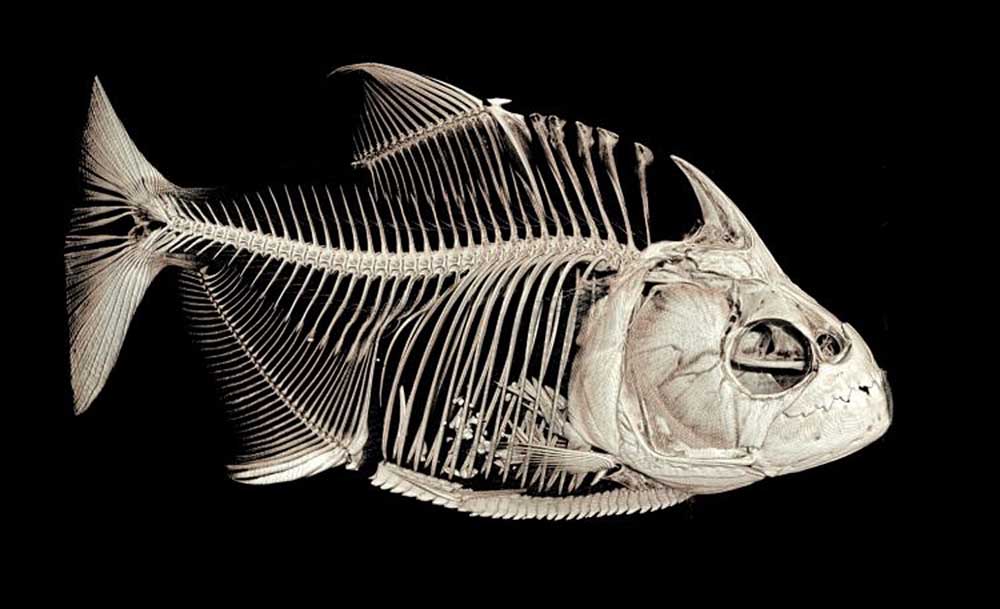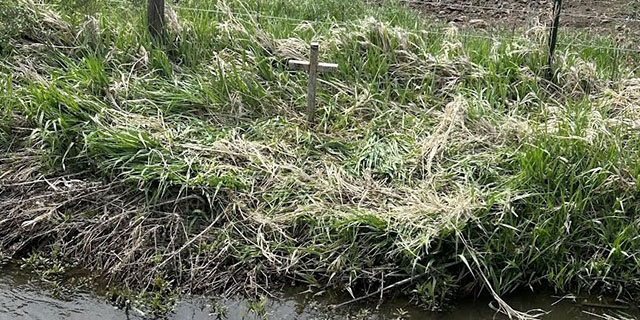How piranha fish regrow their teeth
Published 2:17 pm Tuesday, October 29, 2019

- Piranhas are various carnivores
Piranha fish have a powerful bite. Their teeth help them shred through the flesh of their prey or even scrape plants off rocks to supplement their diet.
Years ago, scientists discovered that piranhas lose all of the teeth on one side of their mouth at once and regrow them, presumably to replace dulled teeth with brand new sharp spears for gnawing on prey. But no museum specimens have ever shown this theory to be true, and there’s no documentation of piranhas missing an entire block of teeth.
With the help of new technologies, a team led by the University of Washington has confirmed that piranhas — and their plant-eating cousins, pacus — do in fact lose and regrow all the teeth on one side of their face multiple times throughout their lives. How they do it may help explain why the fish go to such efforts to replace their teeth.
“I think in a sense we found a solution to a problem that’s obvious, but no one had articulated before,” said senior author Adam Summers, a professor of biology and of aquatic and fishery sciences at UW Friday Harbor Laboratories on San Juan Island.
“The teeth form a solid battery that is locked together, and they are all lost at once on one side of the face. The new teeth wear the old ones as ‘hats’ until they are ready to erupt. So, piranhas are never toothless even though they are constantly replacing dull teeth with brand new sharp ones.” With new teeth waiting in the wings, the fish are never missing a full set of pearly whites.
Once the researchers discovered how the teeth were being replaced, they began to understand why the fish likely employ this tactic. They found that the teeth on each side were interlocked together, forming two strong blocks within each mouth.
“When one tooth wears down, it becomes hard to replace just one,” lead author Matthew Kolmann, a postdoctoral researcher at George Washington University who started this work with Summers as a researcher at Friday Harbor Labs. “Once you link teeth together, if one wears too much, it becomes like a missing link in an assembly line. They all have to work together in a coordinated way.”
The interlocking teeth likely benefit the fish, allowing them to distribute stress over all of their teeth when chewing. The tradeoff of having to lose an entire set of teeth all at once is perhaps worth it over the course of their lives, the researchers explained.
“With interlocking teeth, the fish go from having one sharp tooth that can crack a nut or cut through flesh to a whole battery of teeth,” said co-author Karly Cohen, a UW biology doctoral student. “Among piranhas and pacus there’s a lot of diversity in how the teeth lock together, and it seems to relate to how the teeth are being used.”





